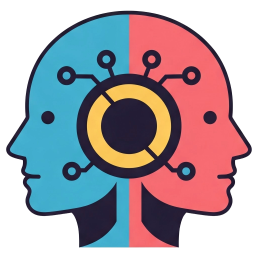Exploring the Deutsch-Jozsa Algorithm: An Interactive Optical Implementation
In the realm of quantum computing, the Deutsch-Jozsa algorithm stands out as a significant landmark, demonstrating how quantum mechanics can outperform classical systems in specific computational tasks. This post delves into an interactive optical implementation of the Deutsch-Jozsa algorithm, shedding light on its principles and applications in the evolving landscape of quantum technology.
What is the Deutsch-Jozsa Algorithm?
The Deutsch-Jozsa algorithm was crafted to address a problem that classical algorithms struggle with efficiently. It determines whether a given function, ( f(x) ), is constant (producing the same output for all inputs) or balanced (producing equal numbers of 0s and 1s for different inputs). While a classical approach may require up to ( 2^{n-1} + 1 ) evaluations to guarantee an answer for a function with ( n ) inputs, the Deutsch-Jozsa algorithm achieves this in just a single query using quantum mechanics.
The Role of Optical Implementation
The exploration of optical implementations taps into the properties of light to perform quantum computations. Utilizing photons, researchers can manipulate quantum states with precision, creating an engaging and interactive method to illustrate quantum principles. By employing optical setups, the Deutsch-Jozsa algorithm can be demonstrated visually, bridging theoretical concepts with tangible experimentation.
Interactive Experiences in Quantum Computing
One of the most exciting aspects of the optical implementation of the Deutsch-Jozsa algorithm is its ability to create interactive experiences for learners and enthusiasts alike. Participants can witness firsthand how quantum superposition and interference work in practice. Such interactive demonstrations not only enrich the understanding of quantum computing fundamentals but also inspire a new generation of researchers and developers in the field.
Conclusion
The innovative optical implementation of the Deutsch-Jozsa algorithm exemplifies the tremendous potential of quantum computing technologies. By transforming abstract theories into interactive experiences, we can enhance engagement and comprehension among audiences. As research and development in quantum technology continue to advance, interactive optical setups could play a crucial role in shaping the future landscape of computing.
Stay tuned as we continue to explore the exciting frontiers of quantum algorithms and their implementations!










Leave a Reply